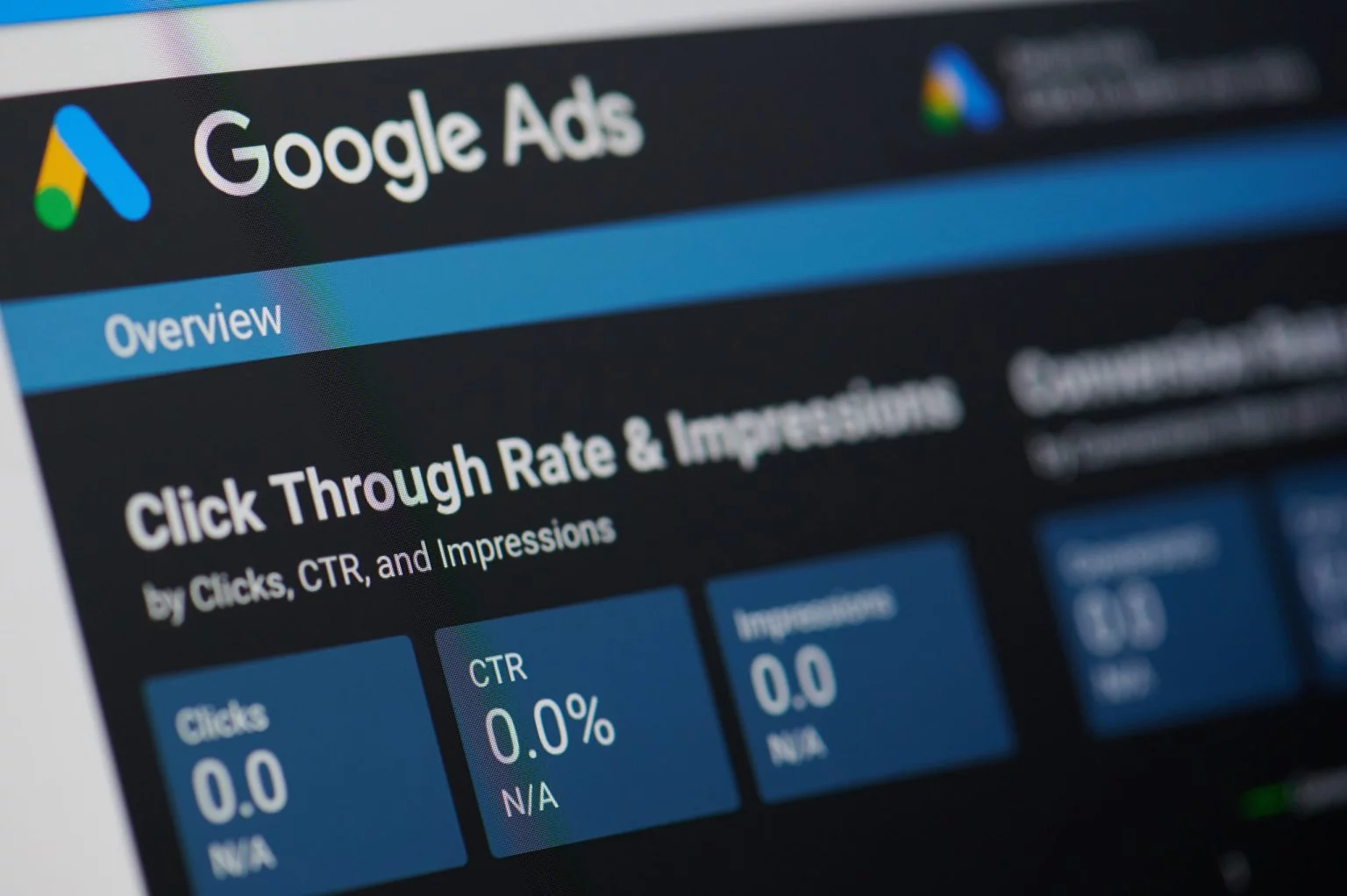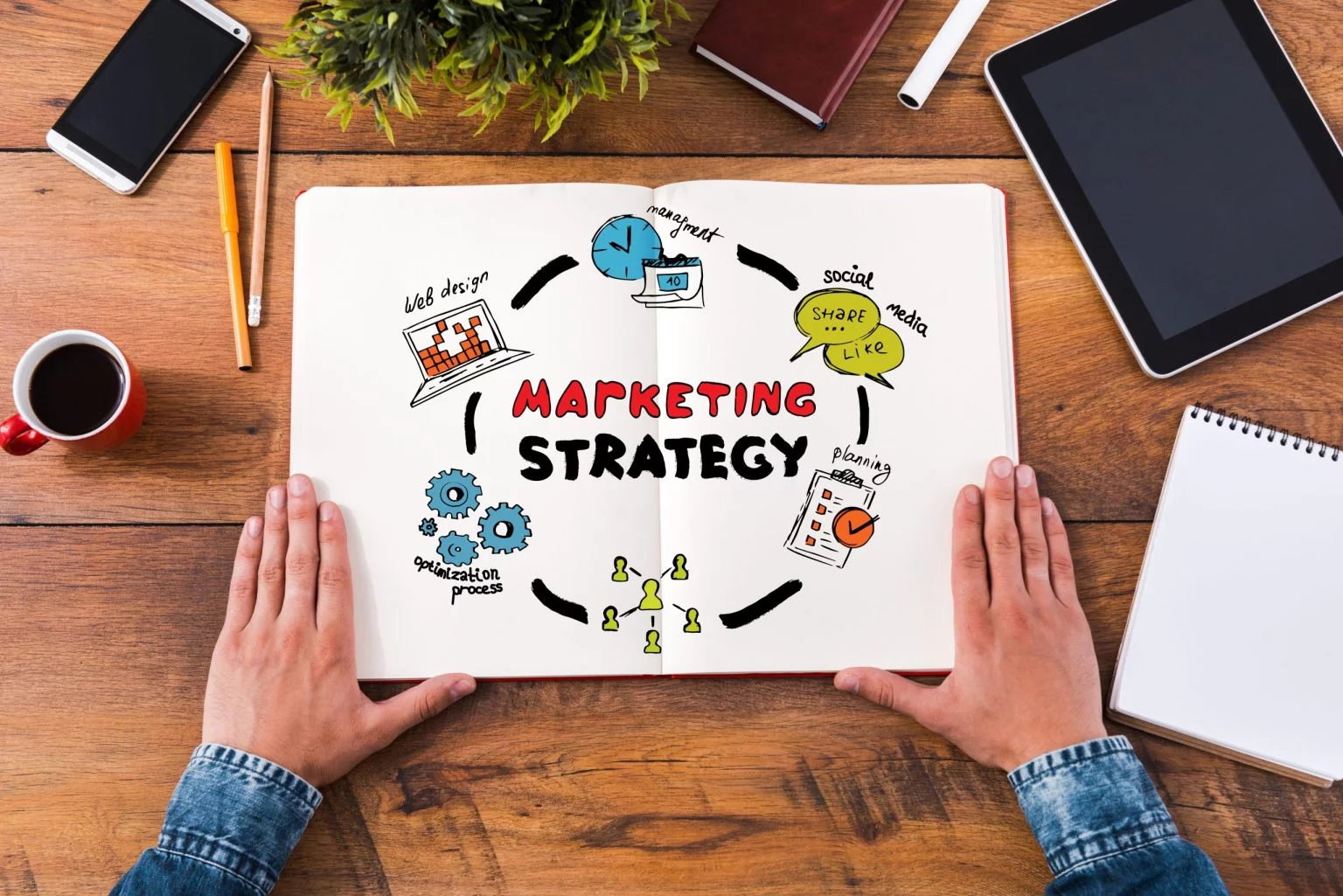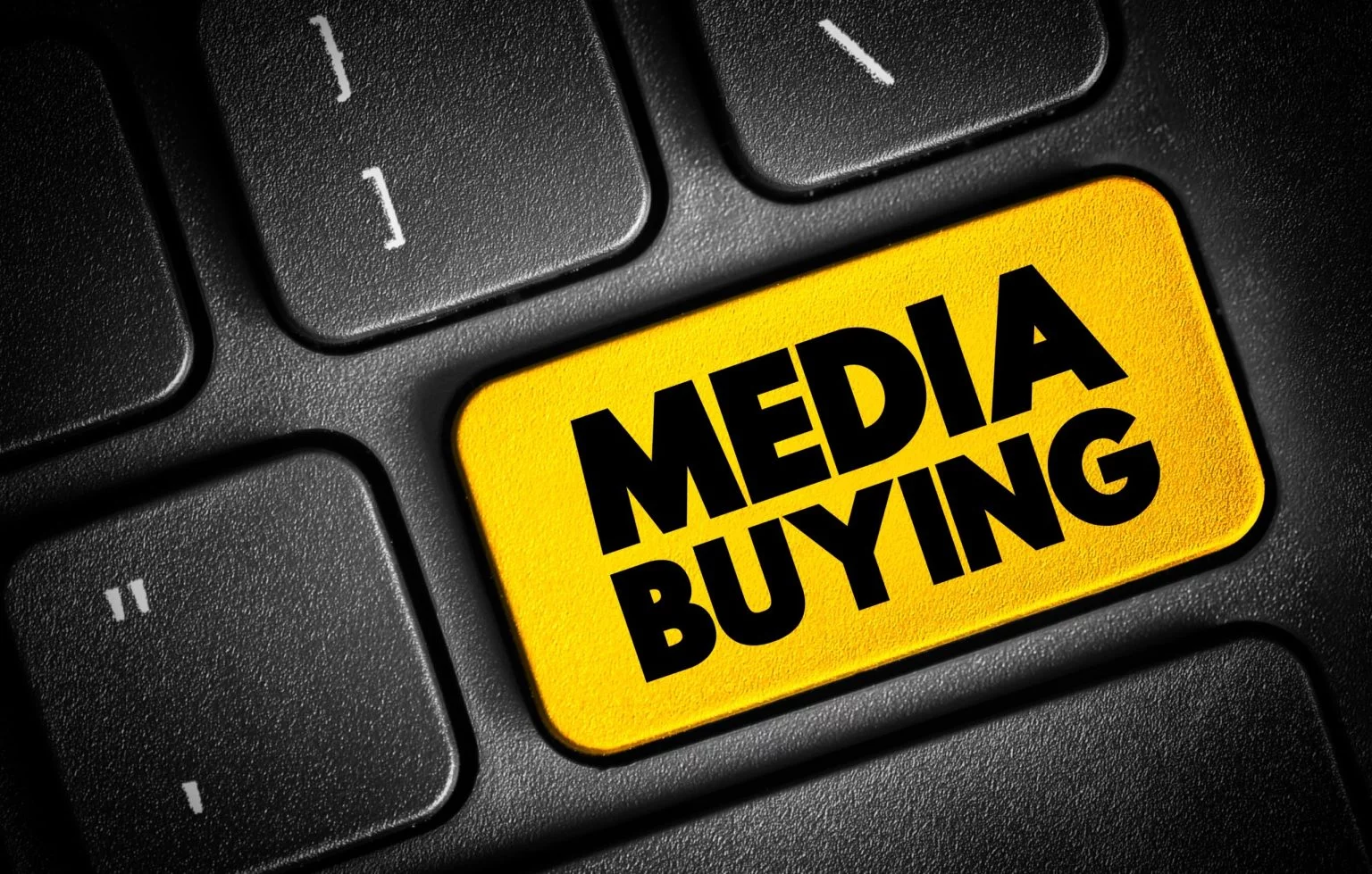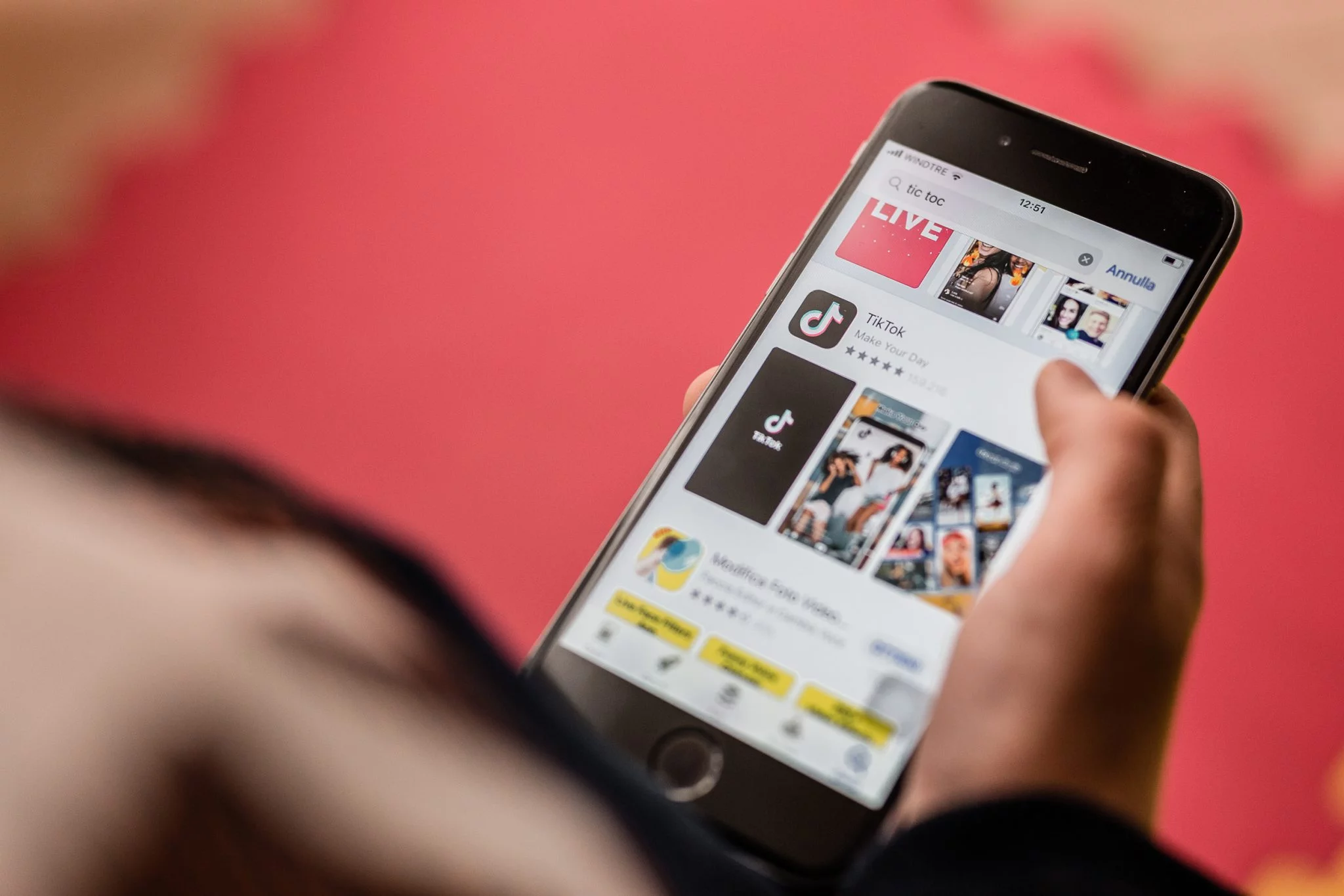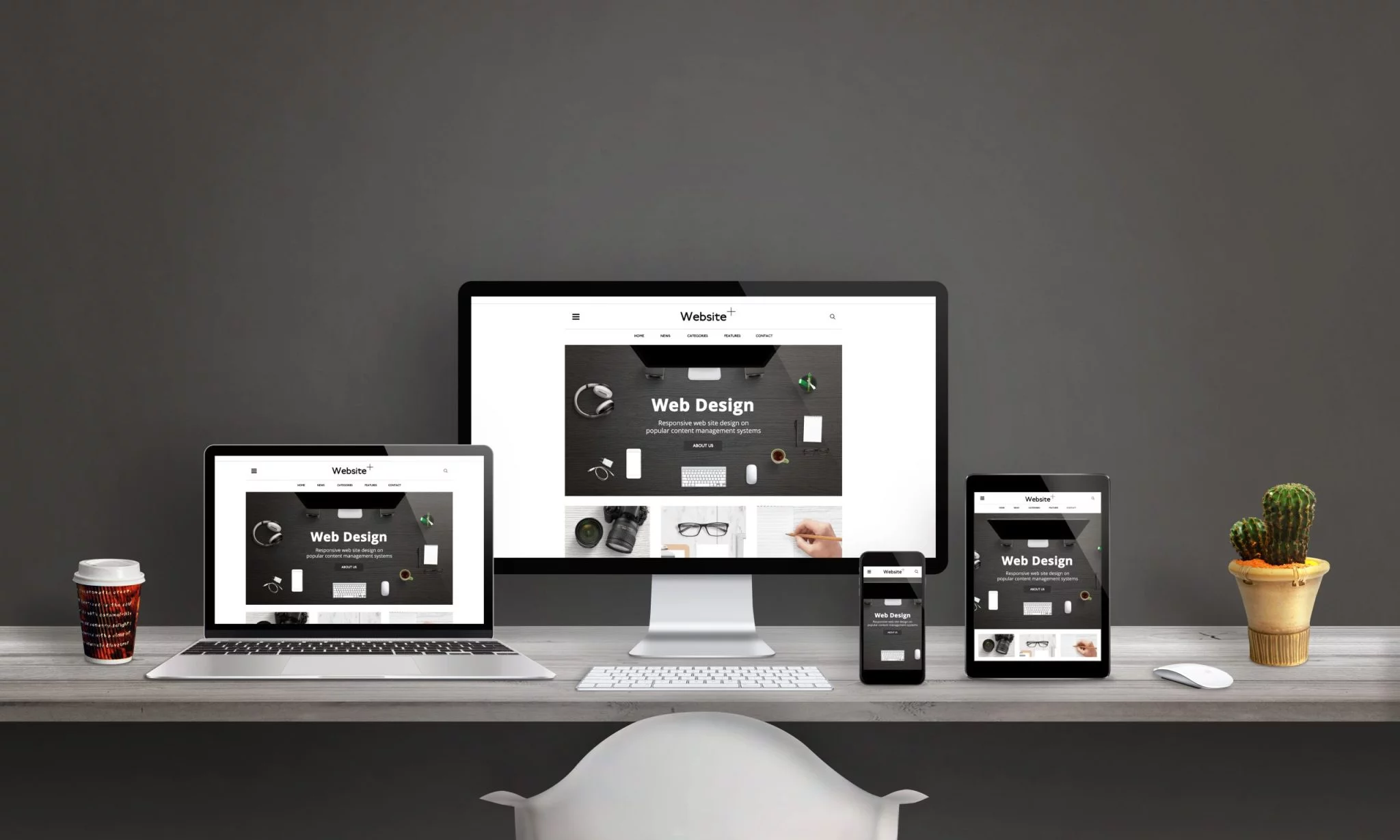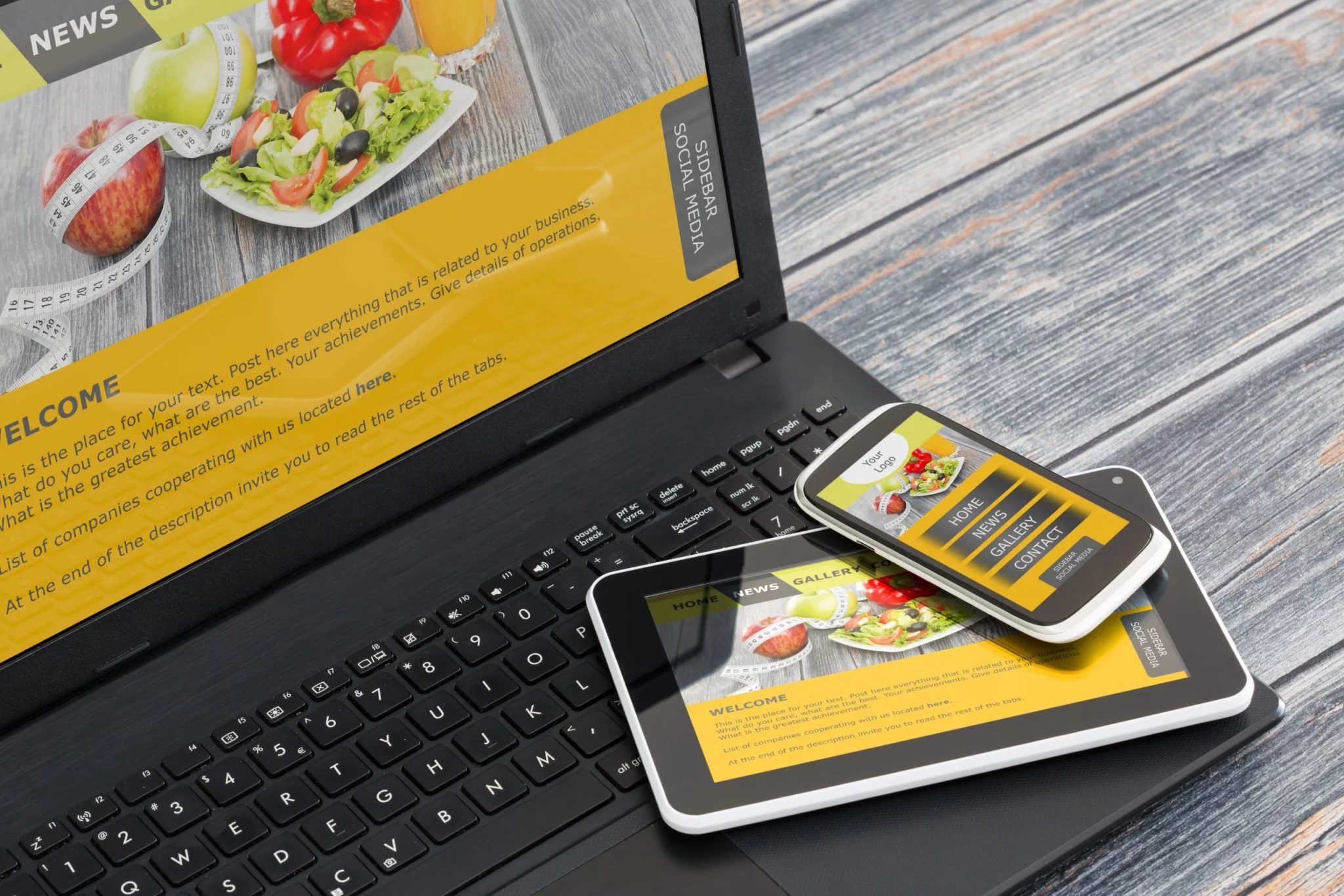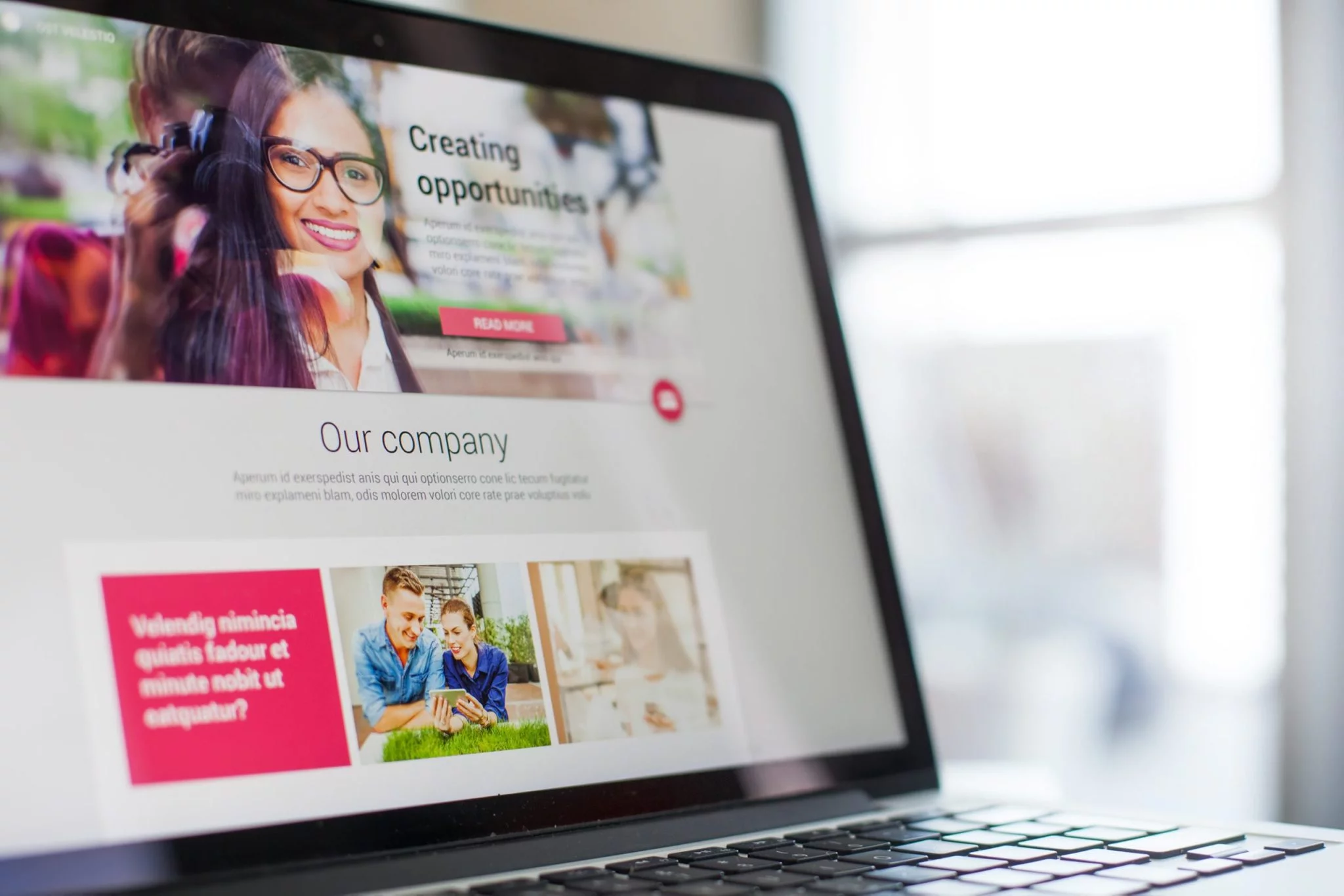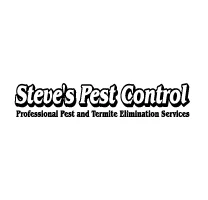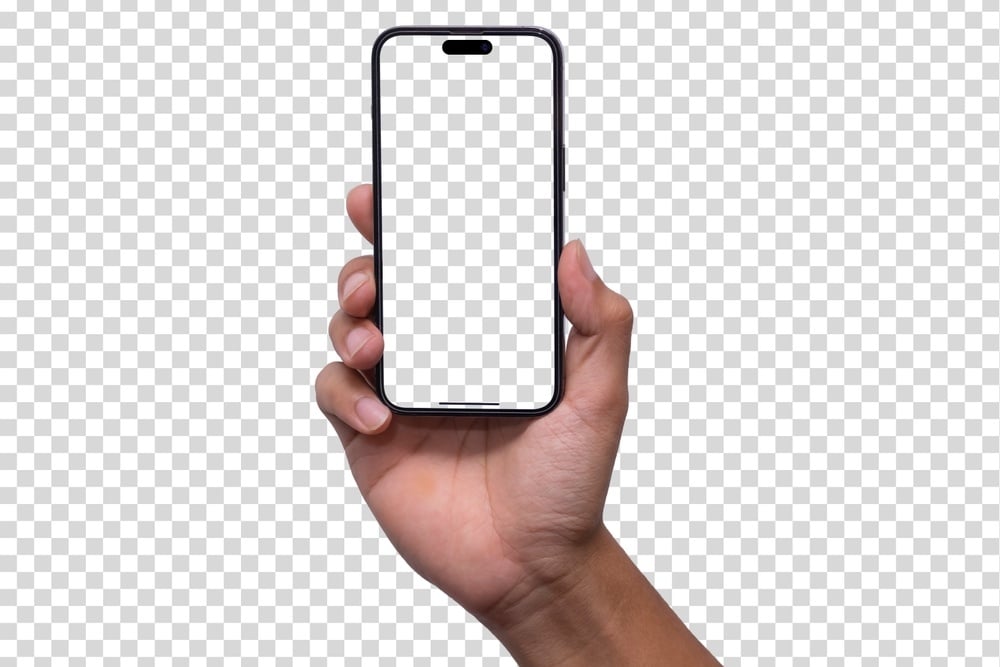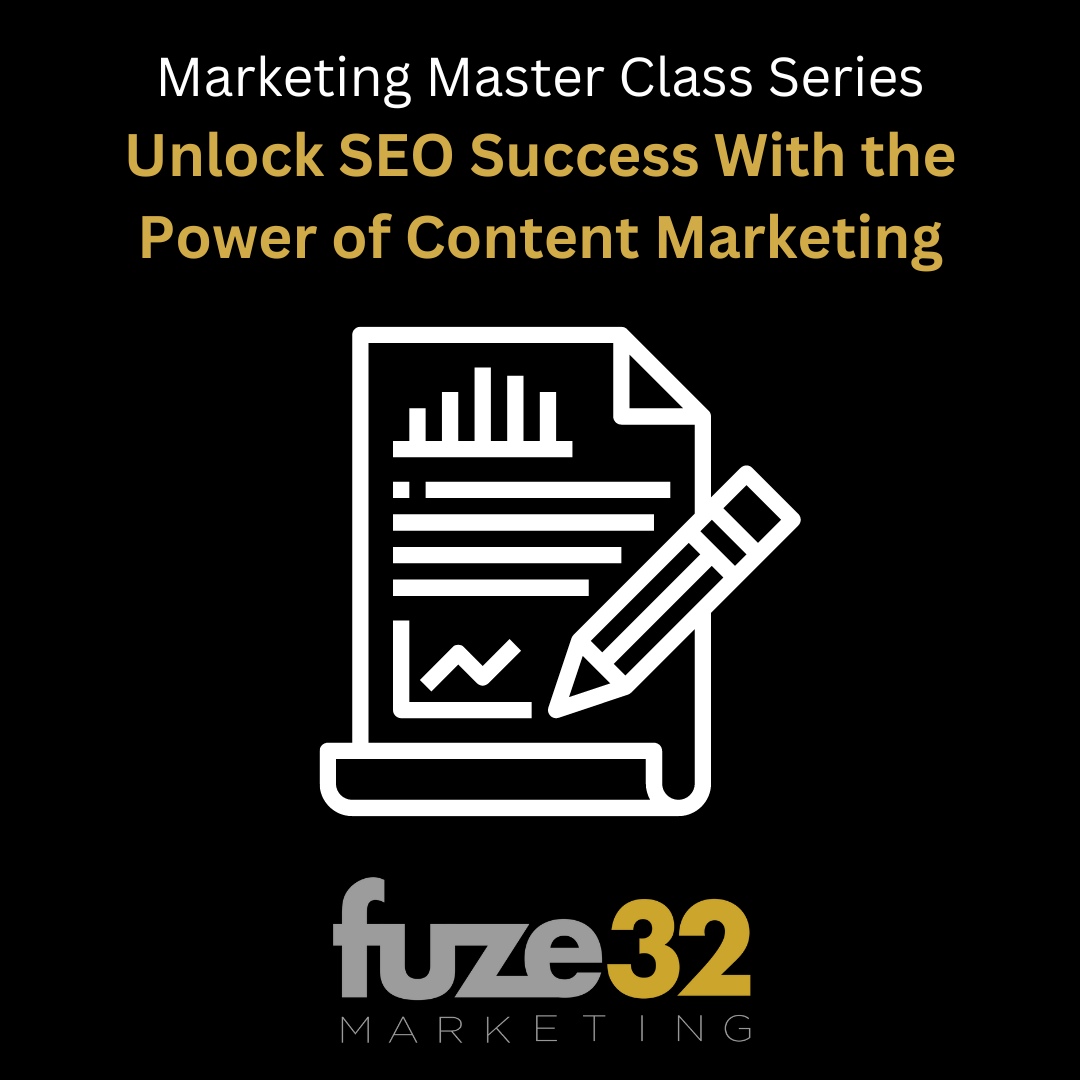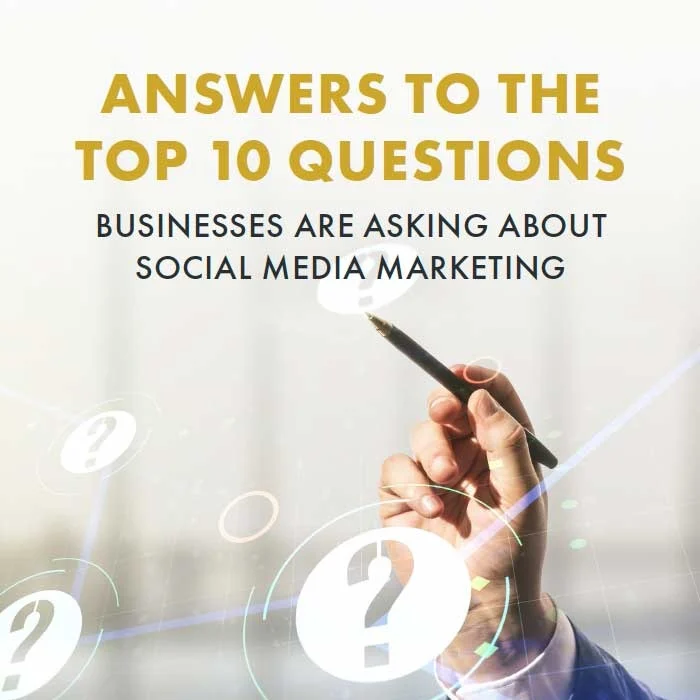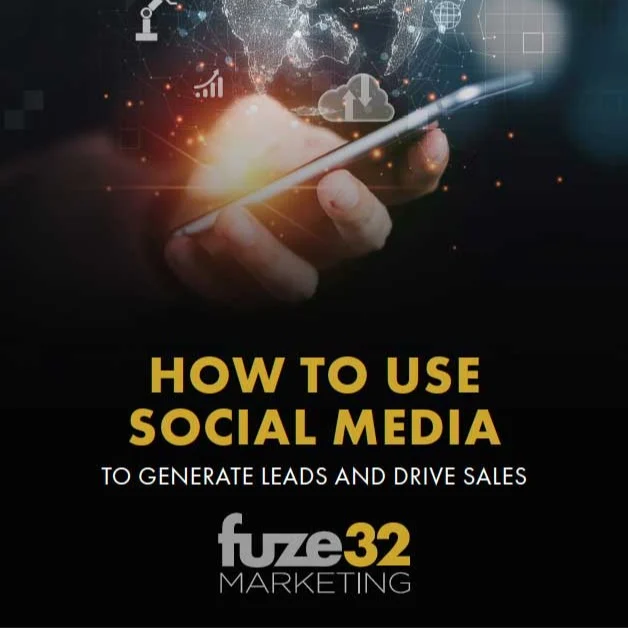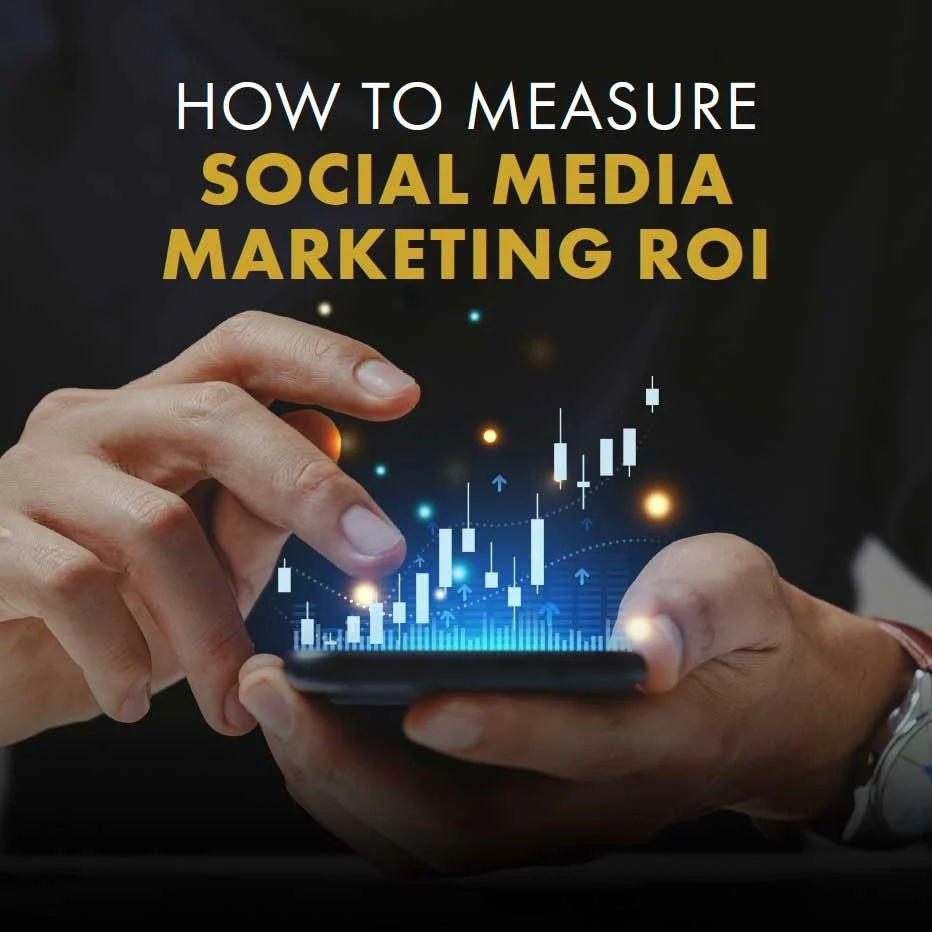So much of your success in terms of marketing comes down to your ability to get someone to take that "next step". When someone discovers your brand for the first time via a landing page, you don't want that relationship to end there. You want them to visit more pages on your website and get to know your business. This happens when, everywhere they look, there is a relevant invitation to take another step: click on another link, open another landing page, or download another resource. Consumer engagement on your website hinges on strategically placed calls to action.
Also commonly referred to as CTAs for short, calls to action are an essential element of any successful inbound marketing strategy. This is true for a wide range of different reasons, all of which are worth exploring.
What is a Call to Action?
A CTA is an invitation for a viewer to do something. Online, CTAs may be buttons, nicely designed graphics, popups, forms, hyperlinks, etc. They provide an opportunity for a consumer to click and read more, download something, request something, share information, ask a question, watch a video, and more. You can use them to drive conversions across all marketing channels.
Active websites give viewers a reason to return to their website time and time again. This is done with regularly updated content. Content acts as a lead magnet that attracts potential customers. Information like blog posts, videos, and even long-form pieces like case studies attract a consumer's attention, and a well-designed strategically placed CTA gets them to convert. It's a highly effective system when executed properly.
Why Do They Matter?
Simply put, calls to action matter because they're effective at helping you accomplish your marketing goals. According to one recent study, calls to action that are used as anchor text in blogs have the potential to improve conversions for that page by up to 121% more than banner ads alone. Not only that, but even emails with a single call to action can increase clicks by up to 371% (and sales by an incredible 1617%).
So why are they important? Because they don't just work - they work incredibly well. CTAs are like an online tour guide that helps website visitors move more easily down the buying funnel as they get their questions answered. There is no confusion and no frustration, thus making them far more likely to make that purchase when they get to the end of the journey.
All told, the CTA makes conversions easier. They also go a long way towards reducing decision fatigue. People don't have to guess what you want them to do or choose between multiple options - they'll know beyond the shadow of a doubt. Directive statements simplify the buyer's journey by telling them where to go and what they should do when they get there.
How to Build a Call to Action: Best Practices
For the best results, calls to action should be catered to the specific user experience that you're trying to create - meaning there isn't necessarily a "one size fits all" approach to what you're doing. You may use two totally different types of CTAs in two different pieces of copy that you've created - you wouldn't include "Click Here" in a PDF-based white paper, for example.
Different Types of CTAs include:
- Contextual Links: These are hyperlinked words in a body of text that take a reader to a related page with more information about that topic. Contextual short, sweet, and to the point. Whenever possible, keep it simple. Work them into the flow of a sentence or the pending of a paragraph. Don't make them too flashy or complicated, as doing so will run contrary to what they are all about in the first place.
- Button CTAs: These are the cute buttons you see placed throughout websites with words like "Contact us" or "Request a Quote". They are simple and easy.
- Designed Graphics: Designed graphics are CTA buttons but are done by a graphic designer and branded to your business. They have more space for images and wording, and because they are more eye appealing, they tend to get better click rates.
- Forms: These can be as simple as a name and email address so that someone can subscribe to a blog, or they can be more complex in a Request a Quote option, for example.
- Social Sharing Buttons: Social share buttons on your website, blog pages, email, etc are super important and an easy way to share and spread the word.
- Chat Bots/Boxes: In a day when it is almost scary for people to actually pick up the phone and talk the old-fashioned way, chat options are practically a must.

4 Best Practices for Maximum CTA Conversions
We recommend the following 4 best practices for achieving maximum response from your CTA:
- Start Above the Fold - Have at least one CTA positioned "above the fold" on your landing pages. Keep at least one in a place where a viewer can see it and take action before they have to scroll down the page on your website. If you wait until the end of your page or blog to place a CTA, you're taking a pretty big assumption that a reader will stay on the page all the way to the end. If they don't and end up leaving the page, you've missed an opportunity.
- Run A/B Testing on email especially to see which CTAs get the most click-through: Buttons vs Designed Graphics, for example. Track clicks or run a heat map analysis on your website to find out what CTAs people are responding to most frequently. Never assume you know what actions people will take, verify it with data. Test them on small portion of your database, and then roll out the most effective option for everyone.
- Avoid Cliches. Especially for contextual links, Google doesn't like words like "click here." Surely you can be more original than that! Come up with a way to introduce the action you want them to take in the body of the content. For example, an ad agency might challenge you as a business owner to be sure you are ready to hire a marketing firm.
- Be Relevant. Make sure your CTA meets a website visitor where they are in the buying funnel and that the request makes sense with the content they are reading. For example, if your blog is a top-of-the-funnel topic: Types of Commercial Insurance for example. It may be off-putting to go for the close too soon. Instead of "Request a Quote" CTA, you may opt for "Download our Ebook on Must-Have Commercial Insurance for Every Business." You'll get better conversions can launch a drip campaign with relevant follow-up touches that bring them down the buying funnel appropriately.
- Embedded Commands. Make sure your verbiage is clear and succinct. It is meant to get someone to take action, so use compelling language when crafting your CTA. Action verbs are best.
- On Brand. You should also make sure that your calls to action align with both your branding and your style. They should feel consistent with the rest of the copy someone has just read. They should also be visually engaging so that they stand out on a page and match the tone of your website. They can be clear and concise, warm and inviting, funny and edgy...it all depends on your brand.
- Not Just One. As you build your content library, chances are there will be multiple actions somebody can take that are all appropriate for the topic. Giving readers a variety of options, or even repeating options that you really, really want people to take, is highly appropriate and effective.
Overall, while your calls to action should always be simple and straightforward, they also need to stand out - especially in longer documents. You really never can be too explicit in this situation as you don't want someone to get to the end of a document and then miss the CTA. Really, the more explicit, the better.
Examples of Effective Calls to Action
Just a few examples of successful CTAs include buttons that say things like:- Learn More

- Download Now
- Schedule Now
- Visit Us Today
- Call us
- Email us
- Subscribe Here
- Enroll Today
- Reserve Your Seat
- Redeem This Offer
All of them are very clear in what step they want someone to take. They are simple and make visually attractive buttons when attached to something like a graphic in strategic locations on the page.
Take Action!
Calls to action can absolutely make or break your inbound marketing campaign. Your website should be a lead magnet...constantly working 24/7/365 to attract and convert leads. Without a network of CTAs, that critical conversion path never comes to fruition.


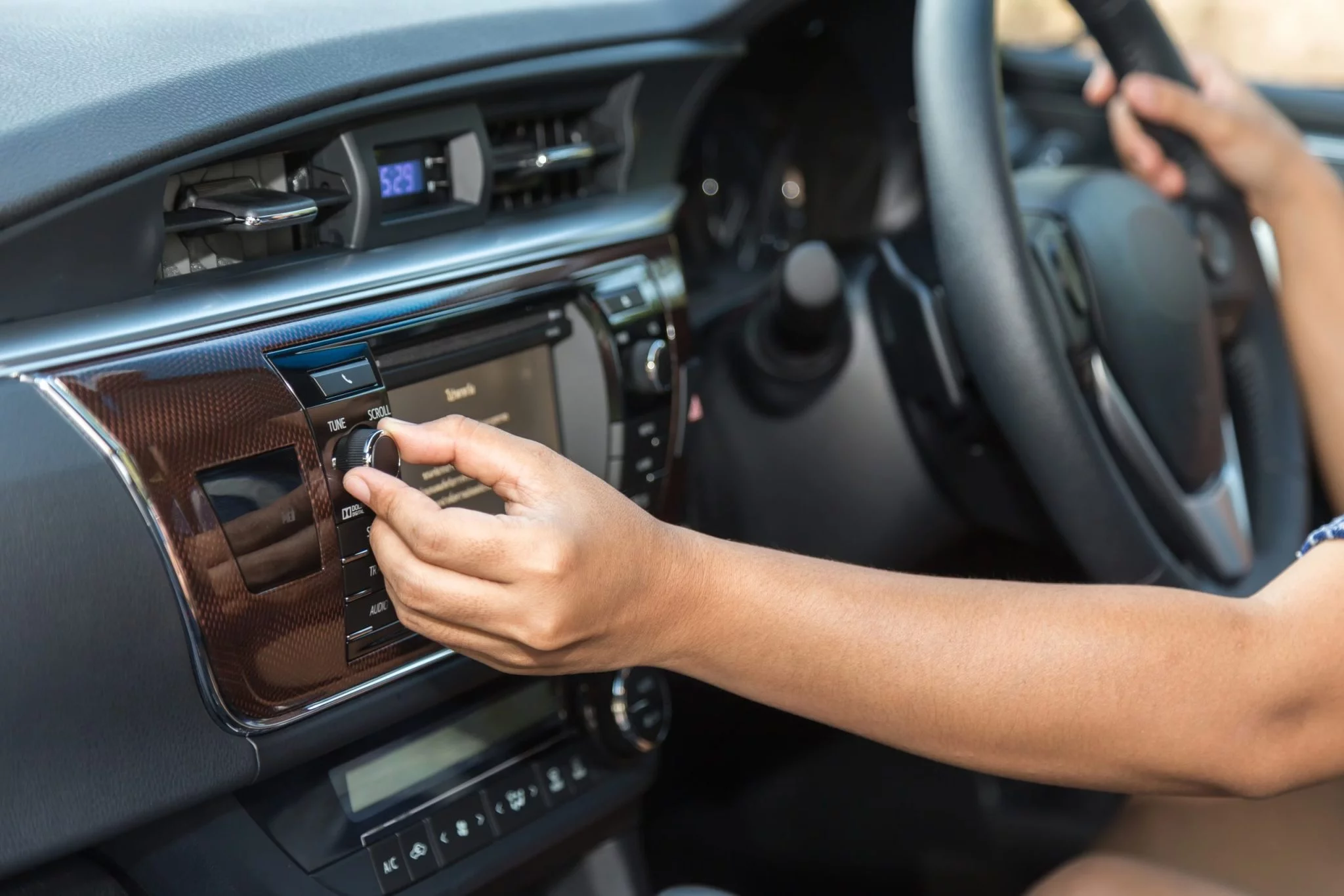
.webp)






